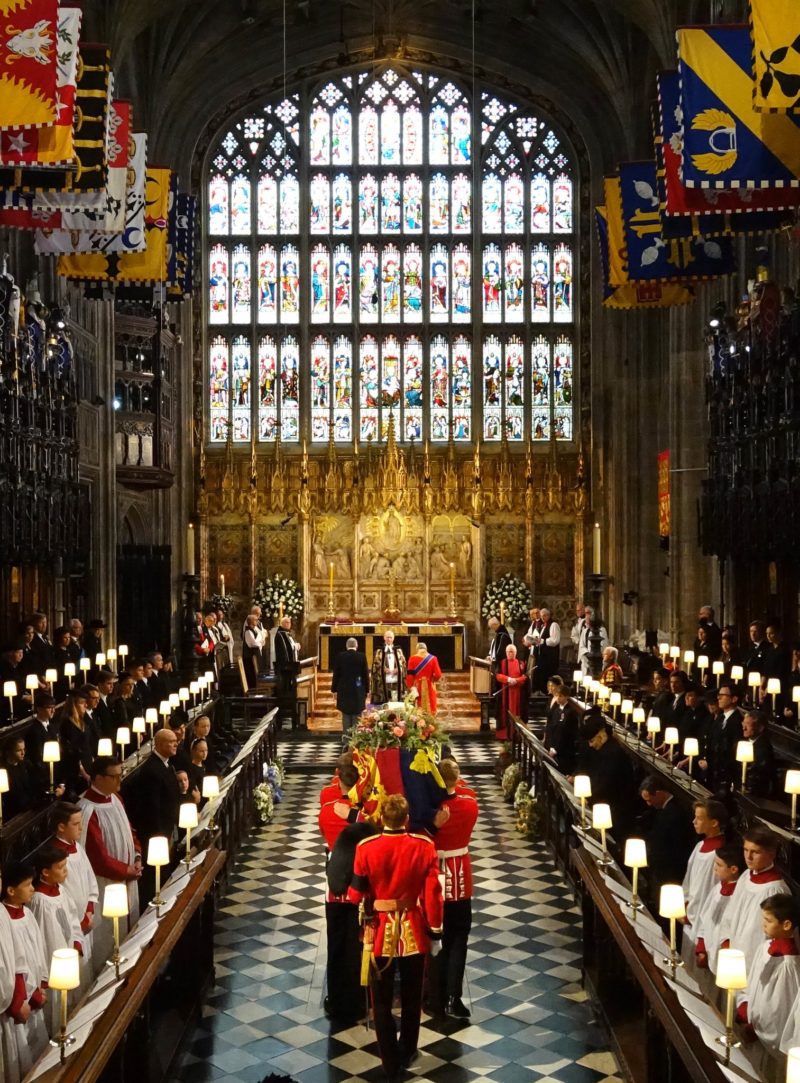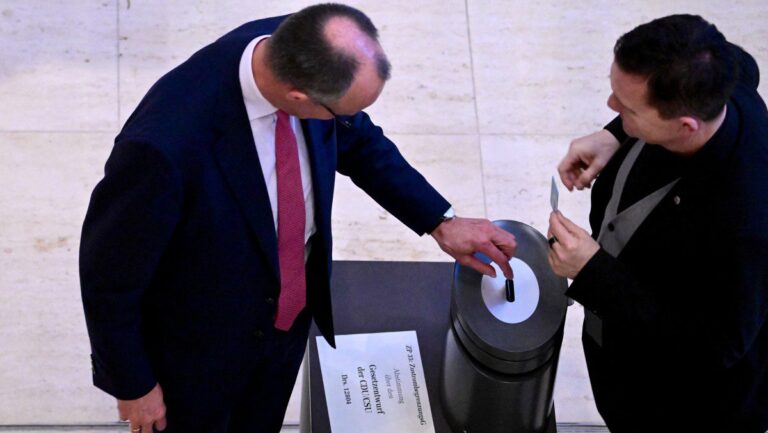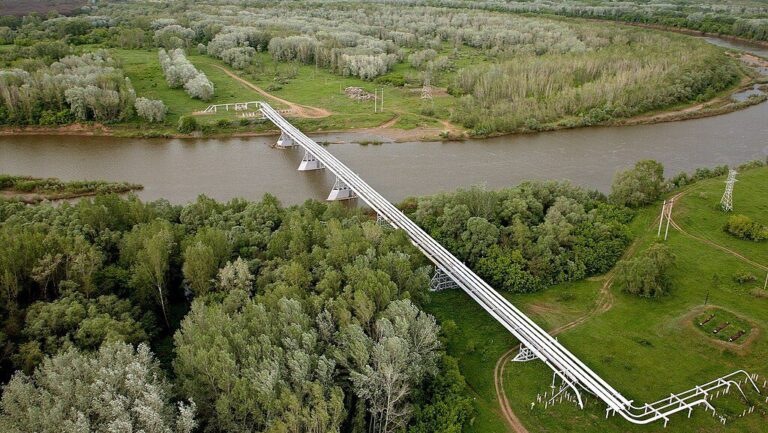More than four billion spectators attended the funeral of Queen Elizabeth II on Monday, September 19th, following—on TV and digital media—the steps of a ceremony that took the Queen’s remains from the Palace of Westminster to St. George’s Chapel in Windsor, the place of her final rest.
Record-breaking figures define this global event. Five million people watched the live flight that brought the Queen’s coffin from Edinburgh to London; between 750,000 and 1 million people flocked to pay their last respects to the Queen by marching in front of her coffin in an impressive 16-kilometre queue, with some faithful waiting for up to 30 hours; 2,200 people were privileged to attend the service in Westminster Abbey which took place at 11 a.m. GMT, on Monday, September 19th.
The size of these numbers reflects the international popularity of the sovereign, who breathed her last shortly after celebrating her 70th year of reign, making her one of the longest reigning monarchs. For many generations—who knew only Elizabeth as Queen—she held a near eternal place in the political landscape of the UK, Europe, and the world.
Elizabeth II passed away on Thursday, September 8th at her favourite Highland residence in Balmoral, Scotland. After returning to the Scottish capital, Edinburgh, her coffin was brought back to London and displayed for the public in Westminster Hall for several days. The funeral was held in nearby Westminster Abbey, where Elizabeth II was married in 1947, and crowned in 1953. The procession eventually accompanied the Queen to her final resting place at Windsor Castle. In accordance with her wishes, she was buried in the crypt of St. George’s Chapel alongside her father George VI, her sister, Princess Margaret, and her husband, the Duke of Edinburgh, who died last year.
The ceremony in Westminster Abbey was a moment of great solemnity, steeped in tradition, with every detail carefully prepared. The service was accompanied by the Abbey Boys’ Choir. The Queen was honoured by the UK’s leading religious authorities: Anglicans, Protestants from the country’s main denominations, and Catholics, including Cardinal Vincent Nichols, Archbishop of Westminster. The homily was delivered by the Archbishop of Canterbury Justin Welby, spiritual leader of the Anglican Church, who recalled the comforting words of Elizabeth II at the time of the pandemic: “We shall meet again.” The new Prime Minister Liz Truss participated by giving the second reading, chapter 14 of the gospel of St. John.
Two minutes of silence were observed at 11:55 a.m. in tribute to the Queen at the end of the funeral service, with the whole country standing in awe and respect.
The television broadcast of the ceremony showed the unity of the royal family gathered around the deceased sovereign, with the Queen’s children, King Charles, Princess Royal Anne, the Duke of York, and the Earl of Wessex, as well as her grandchildren, Prince of Wales William, and the Duke of Sussex Harry, accompanied by their wives. Finally, solemnly dressed in their mourning clothes, the Prince of Wales’ two eldest children, Elizabeth’s great-grandchildren, Prince George and Princess Charlotte, impressed with their calm and contemplation. William and Kate’s youngest child, Prince Louis, aged four, was absent as he was considered too small to attend the funeral.
The official footage broadcast by the British media focused on the Royal Family, therefore the many international personalities who had travelled to Westminster made very few appearances on screen. Guests included U.S. President Joe Biden and his wife; French President Emmanuel Macron and his wife; German President Frank-Walter Steinmeier and Chancellor Olaf Scholz; Italian President Sergio Mattarella; and representing the European institutions, Charles Michels and Ursula von der Leyen. Many crowned heads were also present. Queen Victoria, Elizabeth II’s great-grandmother, is also the ancestor of the current sovereigns of Spain, Norway, Sweden, and Denmark, so they also paid their respects. The Vatican was represented by Archbishop Paul Gallagher, the Secretary for Relations with States and Apostolic Nuncio to the UK. Chinese President Xi Jinping sent his Vice President Wang Qishan to represent him.
Some states deemed undesirable, or not having diplomatic relations with the UK, were not invited. At the forefront were Russia and Belarus, unwelcome because of the Ukrainian conflict. Russian diplomatic spokeswoman Maria Zakharova objected, and called the decision to exclude Russia “blasphemous” to the memory of Queen Elizabeth II, declaring it to be wrong and “immoral” for the UK to be settling geopolitical scores at such an event. Syria, Burma, Venezuela, and Afghanistan, for other reasons, were not among the countries represented. The Saudi prince, who was in London, did not attend the ceremony, where his presence was deemed undesirable due to suspicions surrounding the murder of journalist Jamal Kashoggi in 2018. King Charles III emerged from these ceremonial days of mourning strengthened in his new position, with a popularity hitherto unknown to him, which is growing stronger with time. His popularity has improved, and he has earned approval both for himself and for his first steps as sovereign. The date of his coronation is not yet known, but it is likely to take place in the spring or summer of next year.






